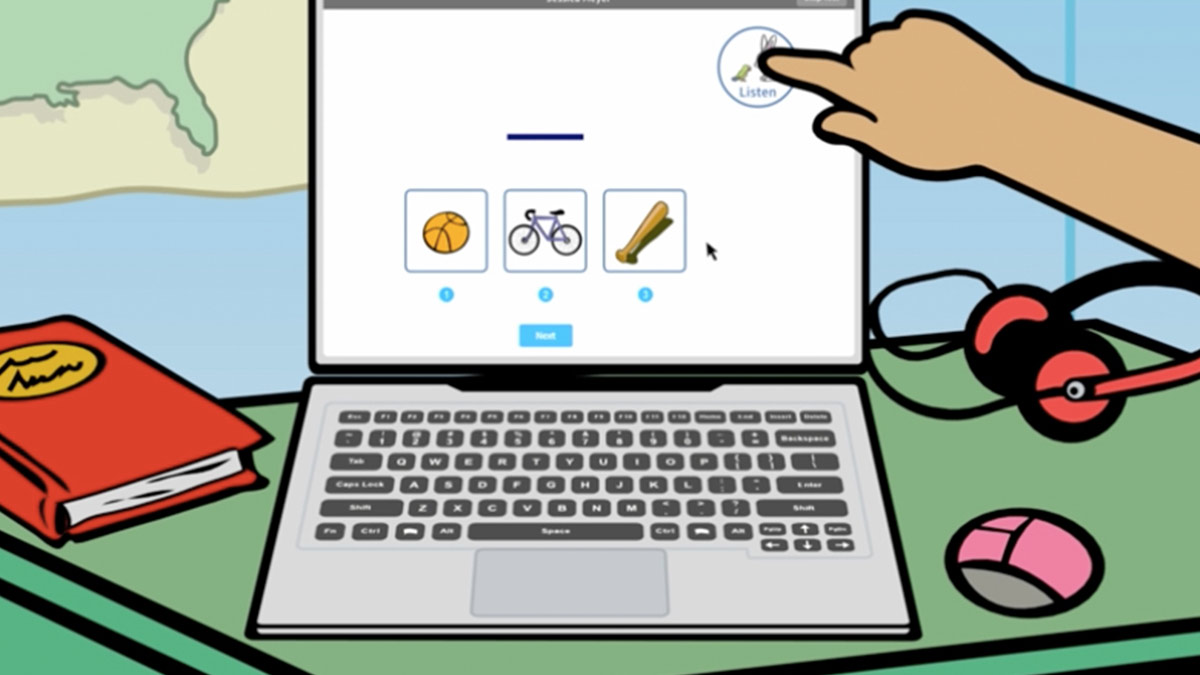Group recommends coordinated early assessment
- February 21, 2018
- / Shannon Nickinson
- / early-learning

A committee that looked at ways to improve the way Florida prepares and tracks the readiness of its youngest students had some suggestions on how to do that.
The Committee for Early Grade Success suggested that over five years, some $58.8 million would build a comprehensive system that would tell parents, caregivers and the public more about how our children are moving toward important developmental and educational milestones.
That price tag includes technology, training and assessment costs.
“Child assessment is an important tool to understand children’s development,” the group found. “As investment in early childhood grows, there is strong interest in ensuring the investments are having the desired impact on ...development, preparing them for success in school and beyond.”
The committee, created in the 2017 legislative sessions, suggests streamlining the way that children are assessed through early education, preschool and kindergarten. The goal is to get a clear picture of how our children are growing — and what we can do to help them be ready for school.
The $58 million vision is a system that:
— Screens children ages birth to 5 to see what, if any, developmental concerns might need to be assessed.
— Gives parents and teachers useful information they can act on about a child’s progress.
— Tracks kindergarten readiness.
— Builds a system so that data about a child’s progress follows him or her through third grade, giving teachers a full, rich picture of where that child started out and how they’ve progressed.
— Helps make sure early learning efforts are kept accountable.
The group recommends these steps to builds such an early child assessment system:
Maintain the screening requirement for School Readiness participants. The rule now is that all School Readiness children be screened within 45 days of enrollment and at a minimum, once a year after that.
Use a good tool. Find and use an observation-based assessment for kids ages birth to 5 to be used in School Readiness and VPK.
Use that tool in preschool and kindergarten. Use the same direct assessment tools at the beginning and end of VPK that are used in kindergarten entry.
Change the readiness rate calculation. Now kindergarten readiness (FLKRS) is the data point used to track VPK effectiveness. The committee believes that the 90-day gap between the end of VPK and the start of kindergarten impacts this score. They recommend instead measuring growth during the VPK year is a better tool of how effective a VPK experience is for a child. This, the report says, is essential for programs that serve children who may start VPK “severely behind” so that those programs can show the progress a child made, even if that child doesn’t meet the “readiness” measurement.
Invest time and money to get it right. The committee recommends investing in a strong assessment tool, and in the training needed for teachers and staff who will use the assessment tool. They also recommend rolling out the new assessment over a five-year period.
That “investment” also means spot checks to ensure quality control and regular and rigorously analysis of the results.
This spring, the Florida Office of Early Learning in the Department of Education is expected to publicly issue kindergarten readiness rates for the children who started school in August 2017. After a break of three years, the state will report on the results of kindergarten readiness assessments given to children who started school in August of 2017.
This fall, 2,908 Escambia students took the Florida Kindergarten Readiness Screener (FLKRS); 1,860 Santa Rosa kindergartners took it, according to the Florida Office of Early Learning.
Problems with previous screening tools led to a lag in kindergarten readiness rate reporting. Read more about that here. Rates from 2014, the most recent year available, showed that 66 percent of children in Escambia County were ready for school.
Kindergarten readiness is an important educational — and many say economic — indicator of a community’s health and future prospects. That’s why the measure is included in the Studer Community Institute’s Community Dashboard. See the dashboard here.
Statewide, 187,322 students were screened with the Star Early Literacy Screening tool. It is the first year of a three-year contract the state has to use that particular screening tool.
 CivicCon launches with a look at good growth in cities
CivicCon launches with a look at good growth in cities
 Building stronger brains one baby, one parent at a time
Building stronger brains one baby, one parent at a time
 SCI debuts commercial on Early Learning City
SCI debuts commercial on Early Learning City
 Entrecon: World class speakers and an opportunity to sharpen skills
Entrecon: World class speakers and an opportunity to sharpen skills
 PYP Quality of Life survey 2017
PYP Quality of Life survey 2017
 EntreCon Pensacola 2016: A look back
EntreCon Pensacola 2016: A look back
 Leadership tip: getting better employee takeaways
Leadership tip: getting better employee takeaways
 Leadership tip: be interested instead of interesting
Leadership tip: be interested instead of interesting
 Leadership tip: delivering difficult messages
Leadership tip: delivering difficult messages
 Brain Bags boost Arc, Early Childhood Court programs
Brain Bags boost Arc, Early Childhood Court programs